Insider Tips: How To Surf Longer In The Tropics
Staff writer Mikey Ciaramella moved to Costa Rica 10 months ago, here’s what he’s learned.
I’ve spent the majority of the last 10 months stationed in Central America, a place where warmth and waves are bountiful all the year round.
Blessed is this life, to be sure, but throughout my stay I’ve also experienced some of the less favorable parts of equatorial surfing, such as sun poisoning, severe dehydration, and the type of rash that’d make mother say, “Oh, dear, that’s quite a rash!”
Through these trials I’ve discovered a few secret(ish) hacks that will help you surf longer in tropical locales, without looking like a mid-40s stockbroker on his annual trip to the Ments (aka, no surf hats and/or sunnies allowed).
Who’s ready for a marathon?
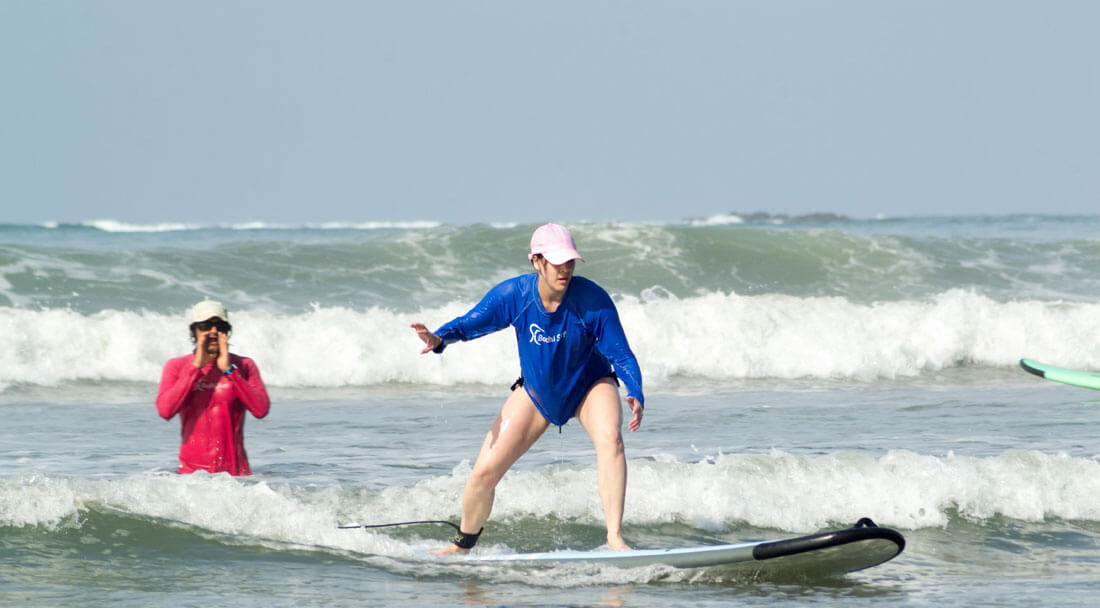
Strip your wax.
This past February presented an early-season swell that looked ideal for a local rivermouth wave. In preparation for mind-altering portals, I packed a Simon Anderson step-up that I’d been gifted thanks to Stab’s victory in the Retro Surf Series the prior summer. My only other session on the Simon had been at flawless six-foot Blacks (the San Diego version), where after half-a-dozen electric blue tubes I’d deemed it my favorite step-up of all time. Also worth noting: I rode the Simon that day without a traction pad (this becomes relevant later on), after breaking another board on my very first wave, running all the way back up that serpentine slope, and frantically readying the Simon for what would be a career session.
Now, back to the rivermouth.
Upon our arrival, the waves were discovered to be slow and soft. For whatever reason, the sand hadn’t built up enough over the dry season to form a proper bank, forcing us to do lazy cutbacks and snaps on the rolling right-handers rather than standing in a full salute.
This reality didn’t mesh well with the Simon, which not only required significant energy to get down the line, but also remained coated with ‘cool’ wax from that session at Blacks (and of course, it still had no traction pad). This resulted in a frontside lipper becoming all too literal of a maneuver, as the too-soft wax slid from beneath my back foot, forcing it off the end of the board which then sent the nose straight into my grill.
Blood everywhere, fat lip for a week, but luckily no stitches required. Still, all of this could have been avoided if I’d just stripped that damn cool wax and applied something harder. Or used a pad. Lesson(s) learned.
Get a wax comb and some of that blue goo, here.
Peep the rashie.
Rashguards are doubly useful and arguably cool.
Thanks to hours upon hours spent lying topless against tropical Fu Wax, my once baby-soft skin has become gristly and taut, making it impervious to an abrasion-based rash. But for most folks, who spend just a week or two each season in the tropics, there’s simply not enough time to build up that level of skin resistance.
You need rash protection, or else your trip will be fucked.
Through countless trials, I’ve found that a black, long-sleeve rashguard is the premier rash-free abdomen option. It’s lighter and less cumbersome than a T-shirt, eliminates all wax-related rashes, and has the added benefit of providing complete sun protection (T-shirts, esp. white ones, only provide partial SPF). Also, and I’ve been banging this drum for years, but I think an all-black, long-sleeve rashguard looks punk as fuck. Surely I’m not alone in that?
Don’t forget undershorts.
Rashguards only go so far, literally. To have a truly painless trip to the tropics, you’ve also gotta protect your undercarriage from potential trunk rash.
Some boardshorts are made from puppy dog ears and couldn’t ruffle your tenders if they tried, but the majority will cause chafing after an extended sesh, often resulting in a sheriffs-coming-to-town waddle and a rash that no consenting co-ed would want to embrace during a moonlit beach romp.
Also, and after discussing this with my peers I realize that it doesn’t affect everyone but that I’m also not alone, undershorts protect your man melons from a different type of pain, this one specific to ass-dragging in a backhand tube. Keeping the boys high ‘n’ tight will allow you to do the same, without fear of your baby-makers becoming a punching bag for a slap-happy wave face. Those who know, know.
Billabong sells them surfy bike shorts, here.
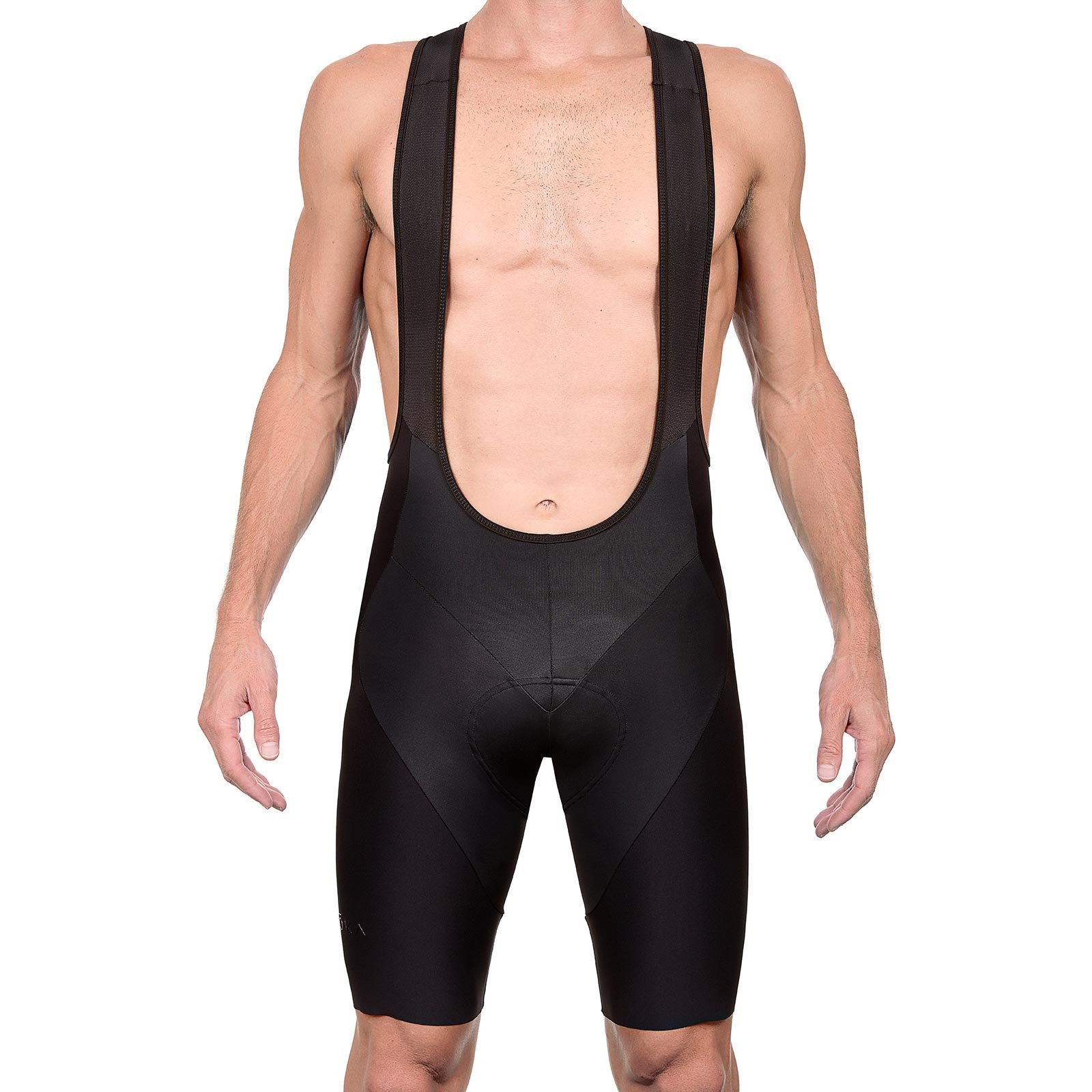
This isn’t made for surfing, but it should be. How’s that nipple protection?
And when you inevitably fuck that up…
Bring some vaseline. It’ll save your life.
Pack all the Hyrdralyte.
This stuff is so good that, before it became globally available, Kolohe Andino was padding his board bag with Hydralyte after trips to Australia, so that he could stay liquidly charged all around the world.
It’s the Fu Wax of the hydration world.
Here’s how Hydralyte works: pop a couple tabs in a bottle of water each morning, chug it before you surf, and feel that delicious hydration coursing through your veins. Your mates will be calling you in for lunch before your body feels the slightest hint of fatigue. You’ll decline their request.
Also, Hydralyte doubles as a remarkable hangover antidote. Which is certainly not for nothing.
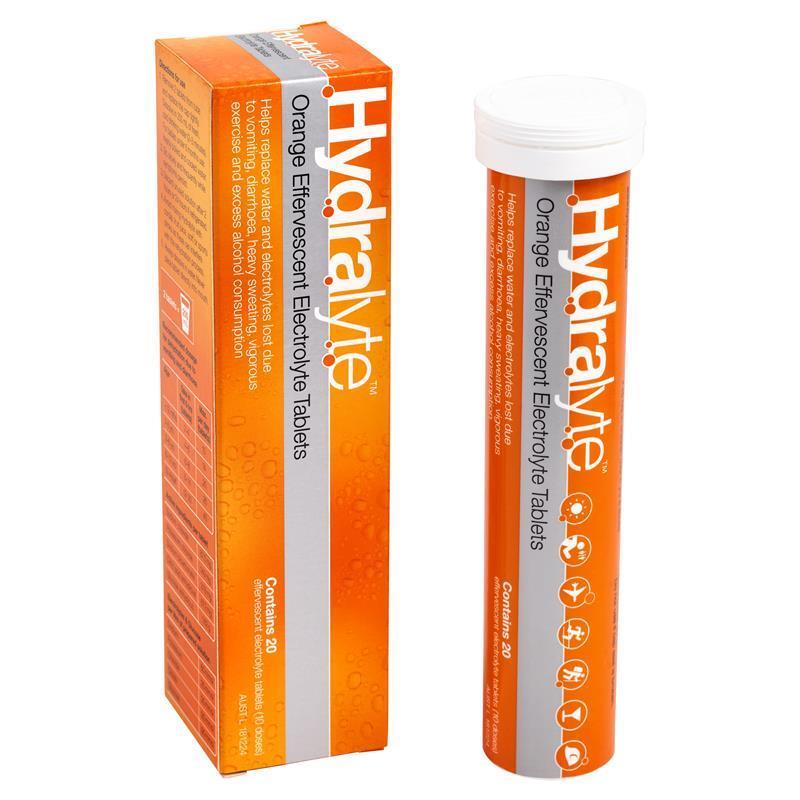
Wear a sunscreen that won’t come off.
It’s called zinc. Looks really shit but it works. Get it at your local drug store. However, if you can get it (only sold in Australia) Ella Bache Great Sunguard is the Stab favorite for prolonged sessions. It’ll stay on all day.
And when you inevitably fuck that up…
You’ve been surfing for four hours, the lineup has cleared, but the waves are only getting better. No way you’re going back to the beach/boat/etc. to re-apply some face cream.
Here’s what you do: before the trip, buy a waterproof, SPF-infused lip balm and stick it in your boardshort pocket (preferably one with a zipper). If you feel your face getting fried, bust that sweet cylinder out and apply generously to your lips, nose, forehead, and other affected regions.
It ain’t pretty, but it’ll hold off those rays for another 30 minutes or so. Sometimes that’s all it takes.
Lastly, don’t be a dumbass. Get travel insurance.
This won’t help you to surf longer on your current trip, but it will keep you from going into crippling medical debt, therefore making it possible for you to visit the tropics again—once you’ve healed up, of course. The Divers Alert Network offers a year-long travel insurance policy for less than $200 USD. It covers medical, trip cancellation, lost baggage, etc. Don’t think, just get it.


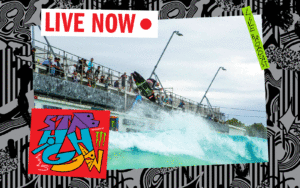

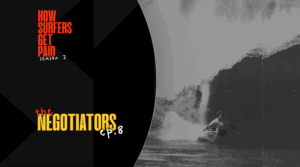
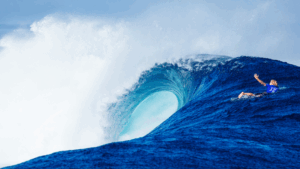
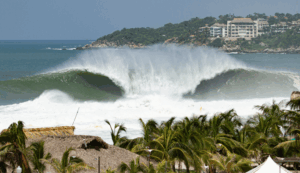







Comments
Comments are a Stab Premium feature. Gotta join to talk shop.
Already a member? Sign In
Want to join? Sign Up